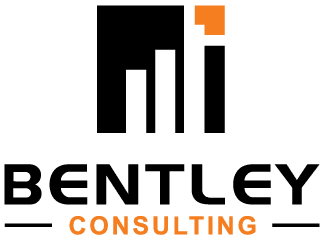As you prepare your business for the end of the year it is time to quantify and recognise the amounts you owe to your employees for untaken leave entitlements.
Your financial position is more than just the money you have in the bank and the bills you have to pay. As a business, you also need to take into account the liabilities within your business, such as employee entitlements. Employee entitlements are liabilities that are often overlooked within the business. These liabilities need to be recognised and included in your balance sheet. In fact, we recommend that you continually recognise these liabilities from month to month, to give you a true picture of your monthly profit.
The three main classes of entitlement that your employees can accrue include:
- Annual Leave – annual leave is the leave that they accrue through the hours that they work and are entitled to take as holidays or have paid out as a lump sum when the employee is to leave the company.
- Long Service Leave – long service leave is accrued over the years of service within the business or the industry that the employee is in. Long service leave can be taken at 10 years of service, or pro rata once 7 years of service has been completed (in select industries)
- Personal Leave – Is the leave that accrues to an employee including anticipation of sickness or a need for compassionate leave, etc.
There are other types of entitlement, for example, accrued rostered days off, that should also be recognised in your accounts.
Why should employee entitlements be shown on the balance sheet?
Many proprietorship companies do not show the liabilities they have to staff in their balance sheets simply because the accountants don’t think it is important as provision amounts are not tax-deductible. However, if you want a true measure of business performance and of your financial position, these liabilities must certainly be taken up in the books. If they are not shown, your figures do not show a true indication of your business’s financial position.
By showing these amounts in your balance sheet you are able to not only see the amounts that you owe in entitlements but also prepare for them in the event that you need to pay them out to employees. Without seeing and understanding these amounts, you may find yourself in a tough position if you are due to pay holiday leave to an employee or need to retrench staff with little notice.
A prudent owner will manage the liability by ensuring that employees take regular leave, preventing the provisions from continually increasing.
It can cause shock and stress if you aren’t prepared.
Recently, due to the effects of the COVID19-related GFC and the high Australian dollar, a new client of ours found it necessary to retrench a number of long serving employees. It came as a shock when the long service leave due to these employees was found to be tens of thousands of dollars. There was no provision in their accounts at 30 June, yet the liability at that date was close to $200,000. This came as a shock to the business owner.
The effect of this omission was that, over the years, profit had been overstated by $200,000, while the proprietor thought that he was $200,000 better off. Unfortunately, it became necessary to recognise the entire amount as an expense in one financial year.
Another oversight that many business owners deal with is assuming that casual employment means that an employee is not entitled to long service leave. This is not the case. It is important to look into the industry regulations in regards to long service leave because casual employees are eligible to accrue long service leave.
How can you better prepare and stay on top of leave entitlements?
The good thing is, it does not need to come as a shock. You can keep on top of the leave entitlements and liabilities that you have within your business.
- Include the liabilities in your balance sheet; by including the amounts in your balance sheet you can monitor the amounts owed to your staff and be prepared to pay them out if and when necessary.
- Monitor accrued amounts; keep an eye on the number of annual leave days/weeks that your employees have and consider requesting that they take leave before their balance gets too high. By recommending them to use part or all of their annual leave means that you are able to stay on top of the liability and not be left with a large amount to payout when they leave the business.
- Put money aside; where possible, it is always a good idea to have an account set up where leave entitlements are transferred to each pay run. This means that the money is there ready to be used when needed, rather than having to try and get it together in a short amount of time.
Leave entitlements are an important aspect of your business and one that you must remember to monitor. They are a benefit to your employees but are also considered a liability for you as a business owner.
Don’t let yourself get caught out or think that your business position is better off than it actually may be. Get your accountant to start including the entitlement amounts in your balance sheet and start seeing a true reflection of your business and the position that it is in or feel free to reach out to us for a FREE 15-minute consultation on how we can help you get a big picture view of your business financials, empowering you with the tools to make informed decisions; every time.







